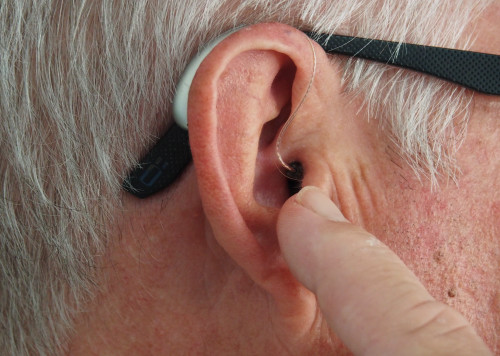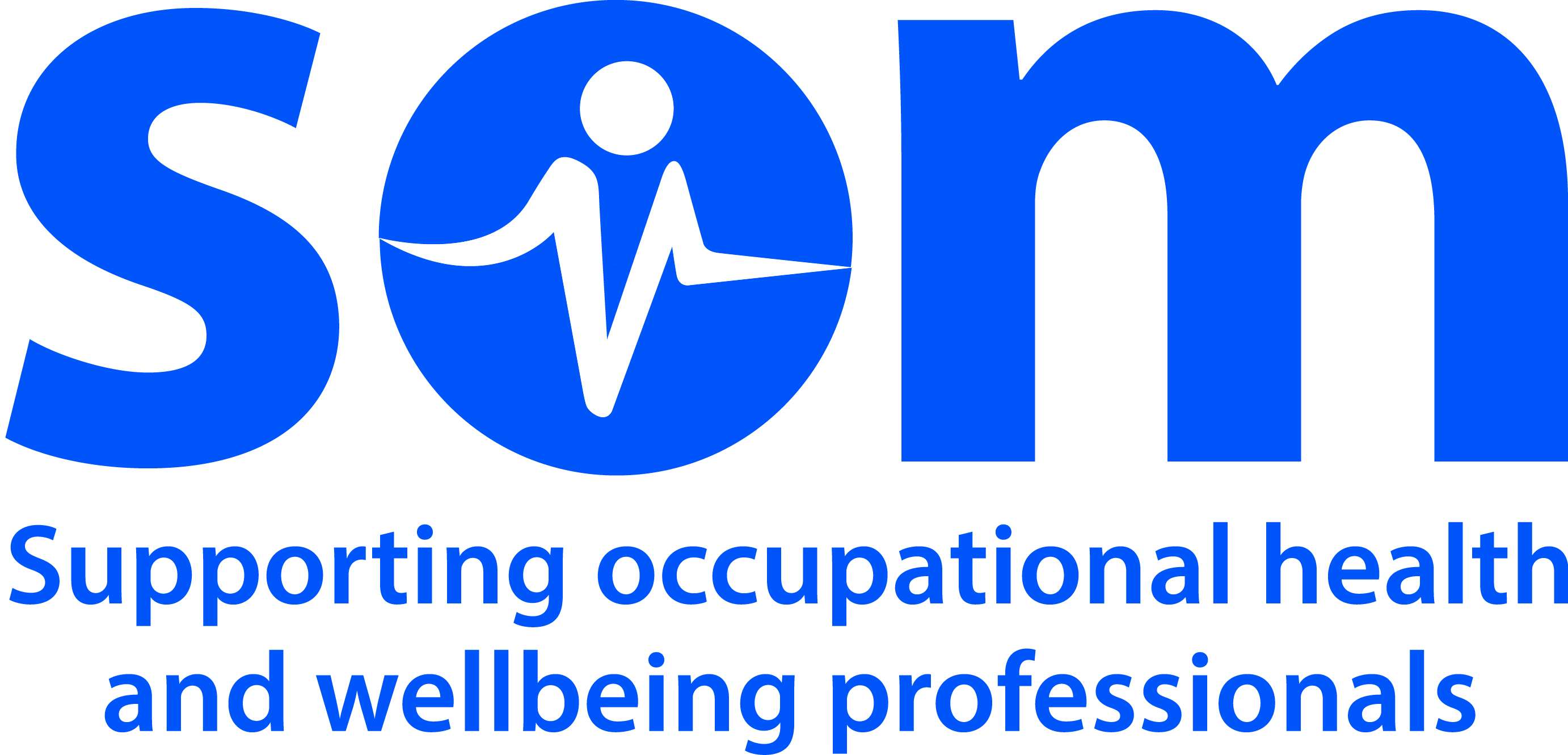Noise induced hearing loss

Occupational Health Considerations
Hearing loss is common and can seriously compromise an individuals ability to socialise and perceive danger. Profound hearing loss can impair the individuals ability to work in a safety-critical environment, drive vehicles, use machinery, and work at heights.
Occupational noise is a significant cause of adult-onset hearing loss. The majority of this noise-induced hearing loss (NIHL) burden can be minimised (but not eliminated) by the use of engineering controls. Where these fail or are impractical, ear plugs and/or muffs must be provided.
Leaves rustling in the wind, or the hum of a computer fan can measure near 10 dBA. Whispering reaches 20 dBA and normal conversation roughly 60 dBA. A passing train or a lawn mower score at 80 dBA. Those who love to frequent music concerts are subjected to the same (110 dBA) noise level that jackhammers and circular saws produce.
Noise above 70 dB over a prolonged period of time may start to damage your hearing.
The occupational health (OH) professional should remain mindful that noise hazards may exist outside the traditional noisy industries: in workplaces such as orchestra pits, bars, dog homes, traffic police and in hobbies such as shooting, DIY and motorcycling.
Hearing loss can be acquired or congenital, bilateral or unilateral, and can befurther subdivided into conductive, sensorineural, and mixed losses.
Clinical Aspects
Severity or degree of hearing loss can be categorised with pure tone audiometry :-
Hearing loss categorisation
Mild 20-40 dB
Moderate 41-70 dB
Severe 71-90 dB
Profound >90 dB
Cumulative exposure of 100 dB(A) or more(noise emission level) is sufficient to cause NIHL; this is equivalent to a continuous daily exposure to sound levels of 85 dB(A) or more for 8 or more hours a day over several
years. Typically an audiogram will demonstrate a frequency loss over the 36 kHz range, often with a notch at 4 kHz. However presbycusis can widen a notch.
One Canadian study of almost 53,000 workers, who were followed up for 5 years from last audiogram, found that those with greater than 15dB(A) mean hearing loss across 3, 4, and 6 kHz in both ears were at increased risk of iinjury. Moreover, those with severe hearing loss who were employed in workplaces with noise levels at, or above, 90 dB(A) were at three times the background risk of having more than three accidents.
The OH clinician can recommend workplace adjustments for the worker with impaired hearing.
Make colleagues aware of the hearing impairment.
Ask colleagues to speak clearly with sufficient volume and articulation during, for
example, meetings and in the office.
Allow the employee to signal when they have not heard clearly.
Encourage colleagues to visibly speak in the line of sight of the impaired worker,
not to the side or behind.
Use email or texting in preference to telephone or speaking
Transfer to another job role where the hearing impairment is less disadvantageous
(e.g. less phone work and more email) may be considered.
Recommend a personal evacuation plan in the event of fire or emergency. This may in-
clude buddying up with other workers and a vibrating pager or flashing lights
Probably the most frequent hearing issue encountered by the OH professional is that ofa partially hearing-impaired worker who must further compromise their hearing ability by wearing hearing protection in a noisy work environment. In this case, the OH professional must ensure:
The individual also needs to be able to hear, for example, alarms and/or a shouting voice behind them.
that the remaining hearing is not further impaired by noise exposure (by suitable advice, consideration of double hearing protection using ear plugs and ear muffs) or removal from the noise source altogether. The management should be asked to perform a risk assessment that confirms that the worker can respond appropriately to these warnings.
New 'smart' digital hearing muffs are available that both reduce machinery noise but enhance the passage of the human voice. These are particularly useful for hearing aid users as hearing aids cannot normally be used within a muff.
OH professionals who are responsible for serial audiometric screening programmes should be aware that the purpose of the programme is twofold:
To prevent individual workers developing NIHL before they themselves perceive hearing loss and take appropriate action when warranted
Observe trends in collated audiometric data to identify worker groups with inadequately engineered noise controls or poor compliance with hearing protection in worker groups and communicate those findings to management.
The OH Clinician should be wary of the malpractice of supervised neglect where audiograms are regularly viewed (perhaps by a succession of OH professionals) but a clear adverse trend is not acted upon.
My reflection

